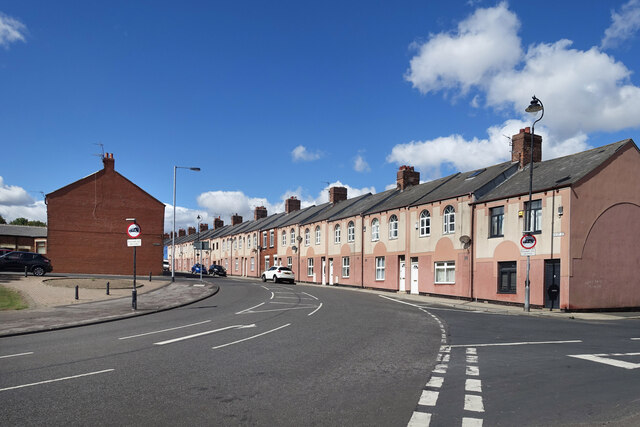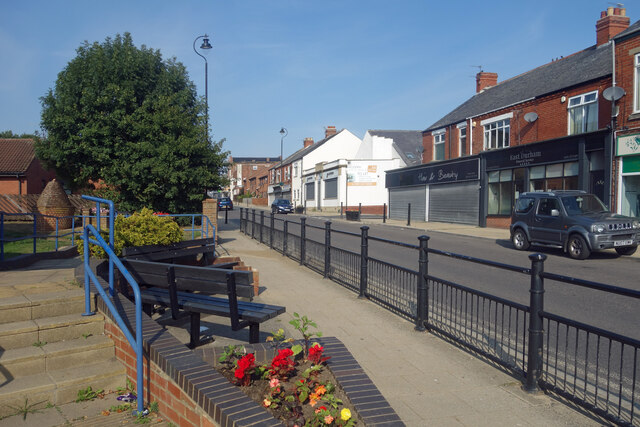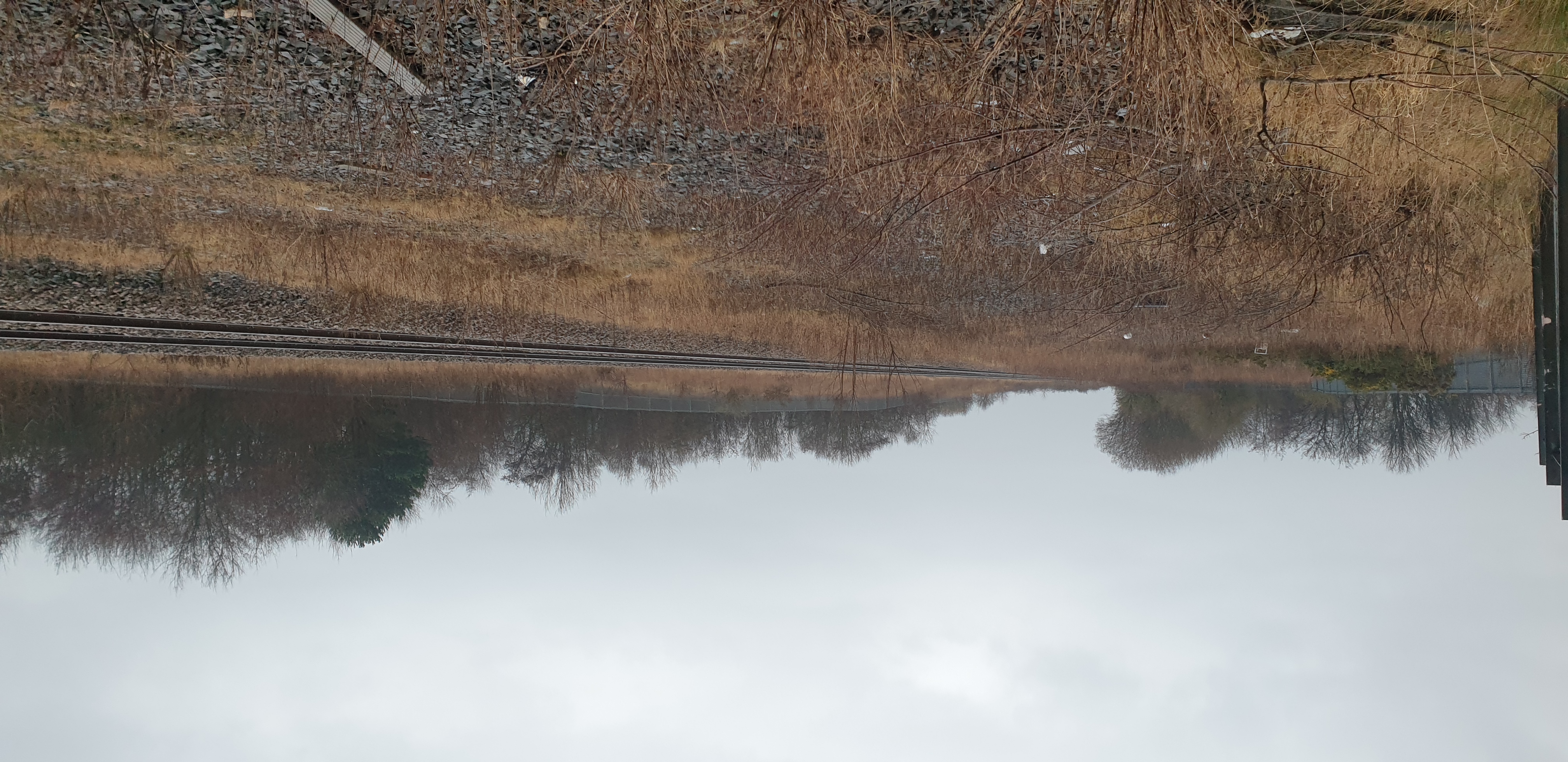Beacon Hill
Hill, Mountain in Durham
England
Beacon Hill

Beacon Hill is a prominent landmark located in Durham, a historic city in County Durham, England. Standing at an impressive height of 260 meters (850 feet) above sea level, it is one of the highest points in the area, offering breathtaking panoramic views of Durham and its surrounding countryside.
Situated to the south of Durham city center, Beacon Hill is a popular destination for both locals and tourists alike. The hill is easily accessible by foot or by car, with a well-maintained footpath leading to the summit. The climb to the top is relatively easy, making it a suitable location for hikers of all levels.
At the peak of Beacon Hill, visitors are rewarded with stunning vistas of Durham Cathedral, the River Wear, and the lush green landscape that stretches as far as the eye can see. On clear days, it is said that one can even catch a glimpse of the North York Moors in the distance.
Aside from its natural beauty, Beacon Hill has a rich historical significance. It is believed that the hill was used as a site for a beacon during the Anglo-Saxon and medieval periods, serving as a warning system against potential invaders. The remnants of a beacon tower can still be seen at the summit, adding to the hill's allure and historical charm.
In conclusion, Beacon Hill in Durham is a captivating natural landmark, offering breathtaking views and a glimpse into the region's historical past. Whether you are a nature enthusiast, history buff, or simply seeking a tranquil escape, Beacon Hill is a must-visit destination in Durham.
If you have any feedback on the listing, please let us know in the comments section below.
Beacon Hill Images
Images are sourced within 2km of 54.80174/-1.3167451 or Grid Reference NZ4445. Thanks to Geograph Open Source API. All images are credited.





Beacon Hill is located at Grid Ref: NZ4445 (Lat: 54.80174, Lng: -1.3167451)
Unitary Authority: County Durham
Police Authority: Durham
What 3 Words
///nurses.limits.grips. Near Easington Colliery, Co. Durham
Nearby Locations
Related Wikis
Hawthorn Dene
Hawthorn Dene is a Site of Special Scientific Interest in the Easington district of County Durham, England. The site occupies the incised valley of Hawthorn...
Hawthorn Quarry
Hawthorn Quarry is a Site of Special Scientific Interest in the Easington district of east County Durham, England. It is a working quarry, currently operated...
Easington railway station
Easington railway station served the town of Easington Colliery and Easington Village in County Durham, North East England. It was located on the Durham...
Hope Wood Academy
54.7898°N 1.3362°W / 54.7898; -1.3362 Hope Wood Academy is an academy based in Easington Colliery, County Durham. The school caters for pupils aged 2...
Nearby Amenities
Located within 500m of 54.80174,-1.3167451Have you been to Beacon Hill?
Leave your review of Beacon Hill below (or comments, questions and feedback).














